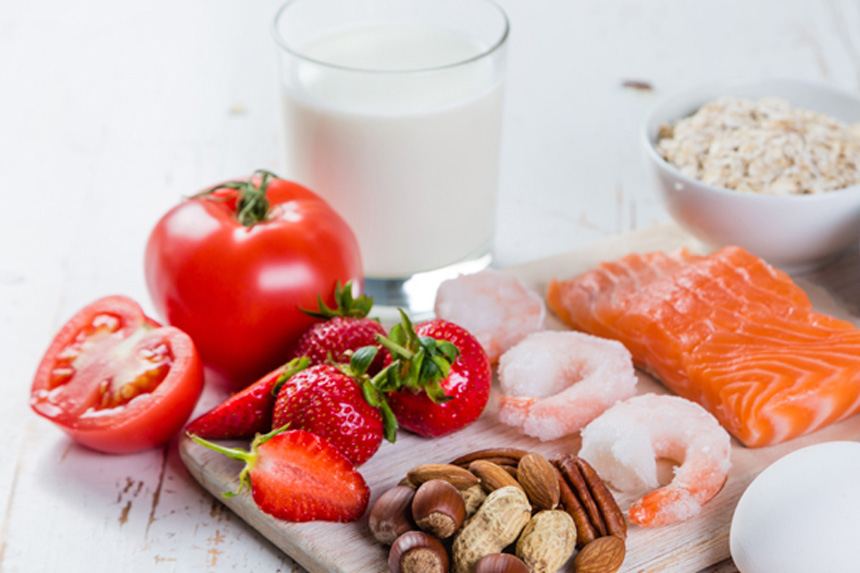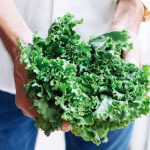High-Histamine Foods

Certain fruits and other foods high in histamine can trigger rosacea by causing vasodilation, which leads to redness. Tomatoes, strawberries, and fermented foods like aged cheese are known to release histamine. Expert points out the connection between histamine release and rosacea flare-ups, suggesting that avoiding these foods may mitigate symptoms.
It’s not just about avoiding certain fruits; other high-histamine foods include eggplant, spinach, and shellfish. Identifying these triggers can be complex, but paying attention to how your skin reacts to different foods can guide you towards a diet that minimizes rosacea symptoms. [4]
Dairy Products

Dairy products, including yogurt, sour cream, and cheese, may also trigger rosacea for some individuals. Despite their nutritional benefits, these foods can promote inflammation, potentially leading to increased facial redness and swelling. Finding non-dairy alternatives, such as almond milk or coconut yogurt, can be an effective way to enjoy similar foods without aggravating your skin condition.
The transition to dairy-free options has become easier with the availability of numerous substitutes that mimic the taste and texture of traditional dairy products. Experimenting with these alternatives not only helps manage rosacea but can also introduce new and exciting elements to your diet.





